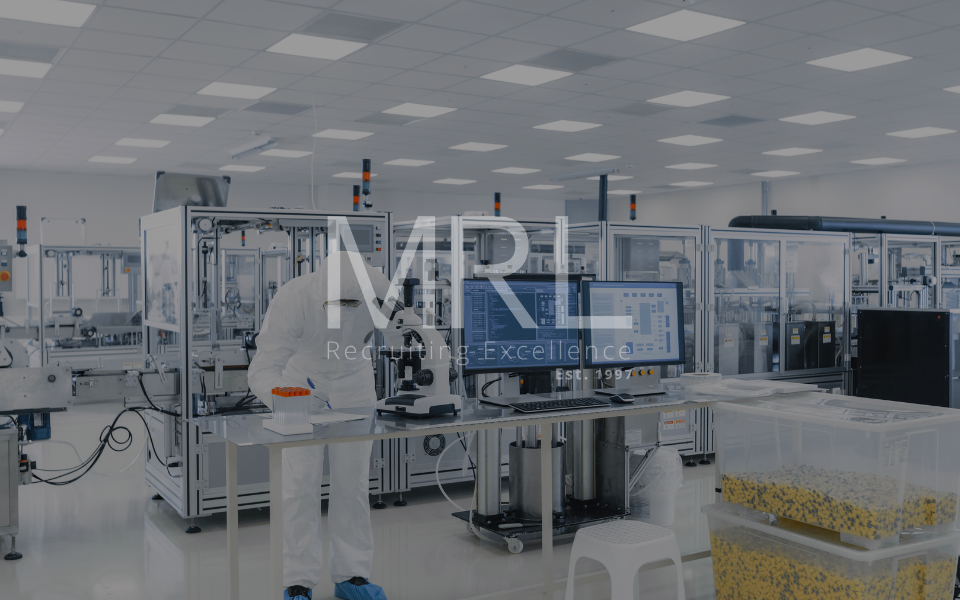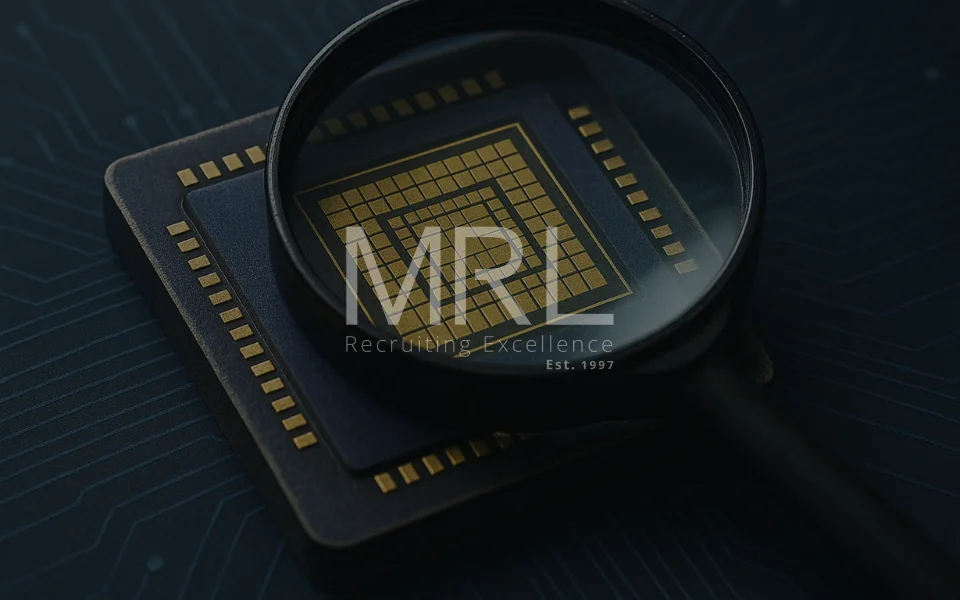Inside the Foundries: A Day in the Life at a Semiconductor Manufacturing Plant
31 Jul, 20245 minsSo, you’re thinking of moving into the semiconductor industry? It’s a good ...

So, you’re thinking of moving into the semiconductor industry? It’s a good call. Semiconductors are in high demand. And there is an ongoing talent shortage in the sector. But before you commit to the move, it can be a good idea to find out a little bit more about what you can expect from day to day.
A Look Inside a Working Day in the Semiconductor Industry
The morning briefing
As with almost every other industry, when you work in a semiconductor plant, your day starts with a briefing. The shift manager will update the team on the day’s targets, as well as any problems, responsibilities, and priorities. Any health and safety or training issues will also be dealt with. Along with any team recognition or feedback.
Start of shift
Anyone directly involved in semiconductor manufacturing will work in a cleanroom environment. So, before moving into the manufacturing area, team members will be required to change into protective clothing. Then the day’s work can truly begin.
Manufacturing
The manufacturing process follows a complicated pattern, which must be explicitly adhered to. Team members have to work closely together, monitoring the machinery and ensuring that standards are maintained. Excellent communication, adaptability, and attention to detail are a must in what can be an incredibly fast-paced environment.
The processes included are photolithography, etching, doping, and metallisation. Depending upon the area in which you are working, problem solving can play a large part of your working day.
Quality control
Semiconductors must meet the requisite standards, so quality control plays a vital role within any plant. If you work within quality control, you will deploy the latest technology to assess the electrical properties of the chips being produced. On a daily basis, you will select a random sample of the semiconductors and put them through stringent testing. You will then be required to file a report on your findings. Periodically, you may also be asked to collaborate with other teams, providing your insights to help improve chip performance and reduce functionality issues.
Shift wind down
At the end of each operational shift, team members are required to prepare for the next shift. Any necessary paperwork – activity logs, errors, problems, outcomes – will need to be completed in detail. This ensures that the next shift have as much information as possible to continue production without disruption.
Debriefing
Lastly, before clocking off, team members may be required to participate in a daily debrief. This is an opportunity for team members to voice any concerns, and pass on any data or challenges. It can also be a good time to remind managers of any upcoming leave or shift changes. Not all semiconductor plants run a debriefing session, but it is becoming more common.
Working in a semiconductor plant typically demands attention to detail, communication skills, precision, and the ability to work well within a team. A technical background is desirable. But in many roles, employers are willing to provide the required training to get the right people on board.
If you’re looking for a career in the semiconductor industry, register with MRL.





